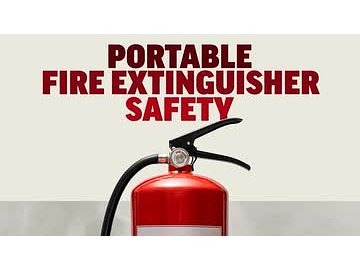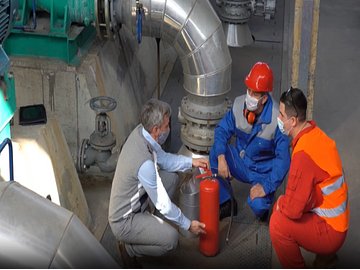Firefighter Career Information

Career Growth Levels
Entry/Mid/Senior/ Experienced

Average Annual Salary
Approximately $54,000 per year

Job Growth Outlook
Projected to grow 6% from 2018 to 2028

Current Job Openings
Varies by region and department needs.
What is a Fire Protection Engineer?
A Firefighter is responsible for responding to emergency situations involving fires, hazardous materials, medical emergencies, and other disasters. They work to protect lives, property, and the environment.

Primary Responsibilities
Fire Suppression.
Rescue Operations.
Emergency Medical Services.
Fire Prevention Education.

Alternative Job Titles
Fireman
Fire Officer
Firefighter/EMT
Education and Certification

Academic Requirements
A high school diploma or equivalent is typically required. Some positions may prefer or require postsecondary education in fire science.

Professional Certifications
Required or recommended certifications:
Emergency Medical Technician (EMT) Certification: Many departments require EMT certification.
Firefighter I and II Certifications: Standard certifications demonstrating competency in firefighting skills.

Continuing Education
Ongoing training is essential to stay updated with the latest firefighting techniques, safety protocols, and emergency response strategies.
Required Competencies
Technical Skills
Firefighting Techniques: Knowledge of methods to combat various types of fires.
Emergency Medical Care: Ability to provide first aid and basic life support.
Equipment Operation: Proficiency in using firefighting tools and apparatus.
Professional Skills
Physical Fitness: Maintaining the physical ability to perform demanding tasks.
Team Collaboration: Working effectively within a team during high-pressure situations.
Problem-Solving: Quickly assessing situations to determine appropriate actions.


























